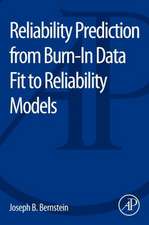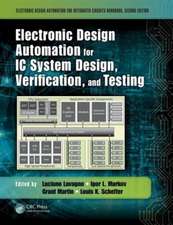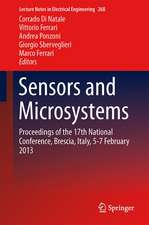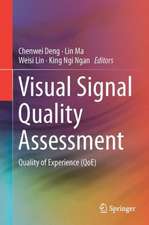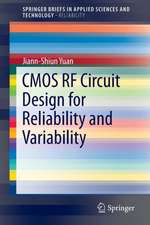Bridging Circuits and Fields: Foundational Questions in Power Theory
Autor Alexander I. Petroianuen Limba Engleză Paperback – 15 mai 2023
| Toate formatele și edițiile | Preț | Express |
|---|---|---|
| Paperback (1) | 351.24 lei 6-8 săpt. | |
| CRC Press – 15 mai 2023 | 351.24 lei 6-8 săpt. | |
| Hardback (1) | 997.42 lei 6-8 săpt. | |
| CRC Press – 30 noi 2021 | 997.42 lei 6-8 săpt. |
Preț: 351.24 lei
Nou
Puncte Express: 527
Preț estimativ în valută:
67.23€ • 70.63$ • 56.50£
67.23€ • 70.63$ • 56.50£
Carte tipărită la comandă
Livrare economică 11-25 martie
Preluare comenzi: 021 569.72.76
Specificații
ISBN-13: 9780367711306
ISBN-10: 0367711303
Pagini: 174
Dimensiuni: 156 x 234 mm
Greutate: 0.45 kg
Ediția:1
Editura: CRC Press
Colecția CRC Press
ISBN-10: 0367711303
Pagini: 174
Dimensiuni: 156 x 234 mm
Greutate: 0.45 kg
Ediția:1
Editura: CRC Press
Colecția CRC Press
Cuprins
1. Introduction 2. Power Theory in Electrical Circuits 3. Is the Poynting Theorem the Keystone of a Conceptual Bridge between Classical Electromagnetic Theory and Classical Circuit Theory? 4. Electromagnetic Power 5. Epistemology of Power Theory 6. Epilogue as Prologue
Notă biografică
Alexander I. Petroianu is a specialist in power system analysis, operation, and control. Educated in Russia and Romania, he has broad experience in the power industry as dispatcher and head of the software department at the National Control Center in Romania, head of software development group at Brown-Boveri/ABB Germany, consultant to Eskom, the national power utility of South Africa, and technical manager (transmission) of the South African Power System Studies Institute. He is professor emeritus of Electrical Engineering, University of Cape Town, adjunct professor at the University of Calgary (Canada), a Life Fellow of the IEEE, and member of VDE, SAIEE, CIGRÉ, and IFAC. His recent research has focused on geometrical interpretation of the power transmission phenomenon. This book reflects his investigation into the mathematical and physical aspects of power theory.
Descriere
The book proposes a new paradigm for power theory that can be used in power systems and electrical networks. This new approach links electromagnetic and circuit theories in a coherent way by taking a fresh look at the old debates of poynting vector and reactive power as well as offering a mathematically consistent.


